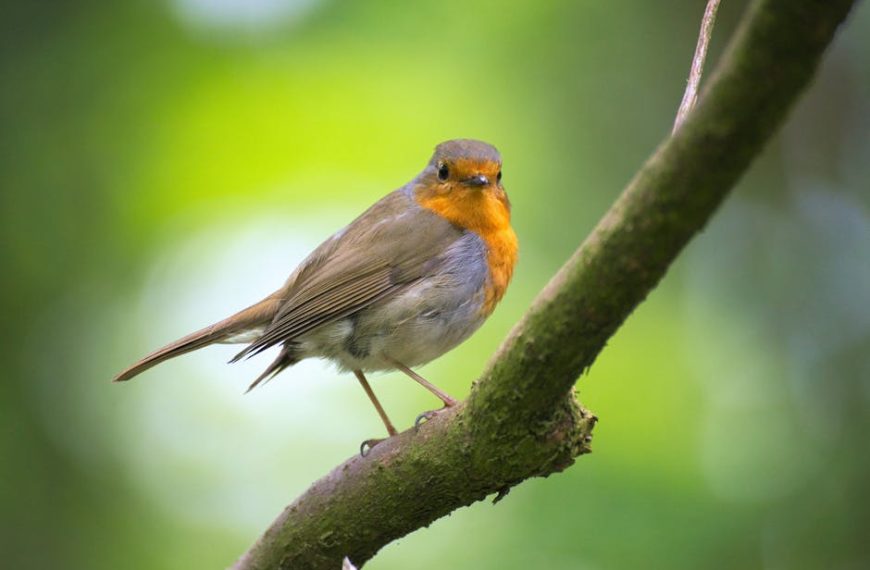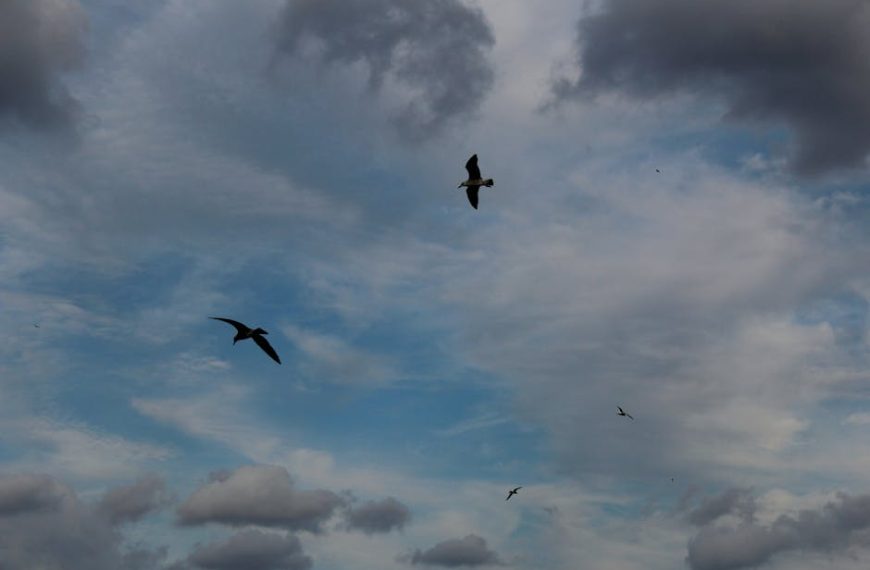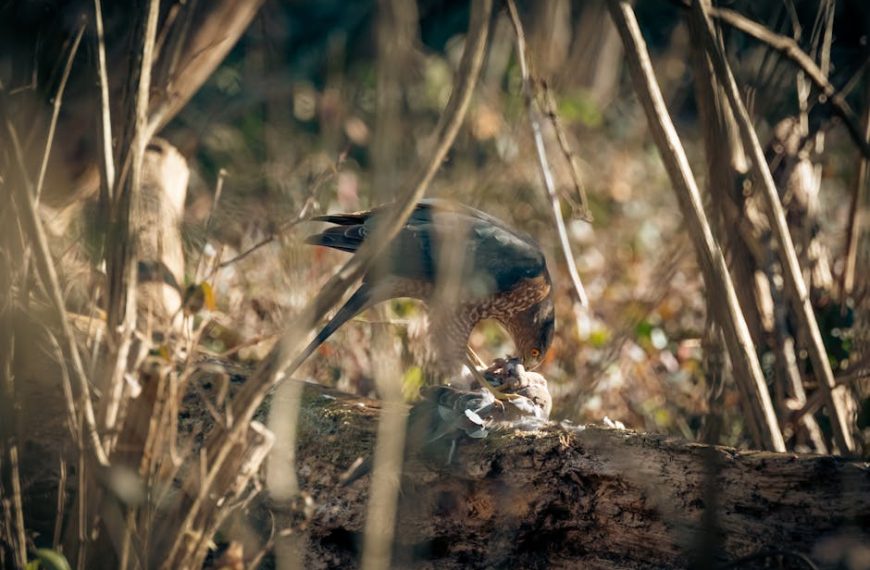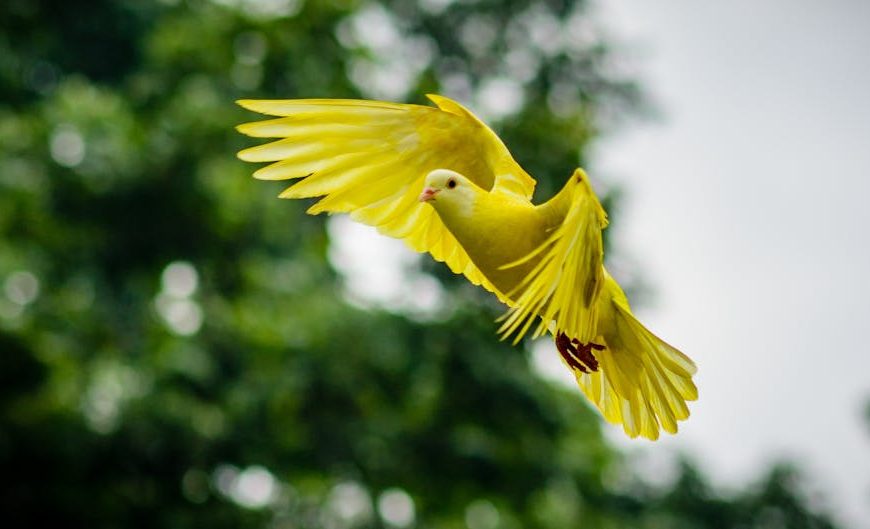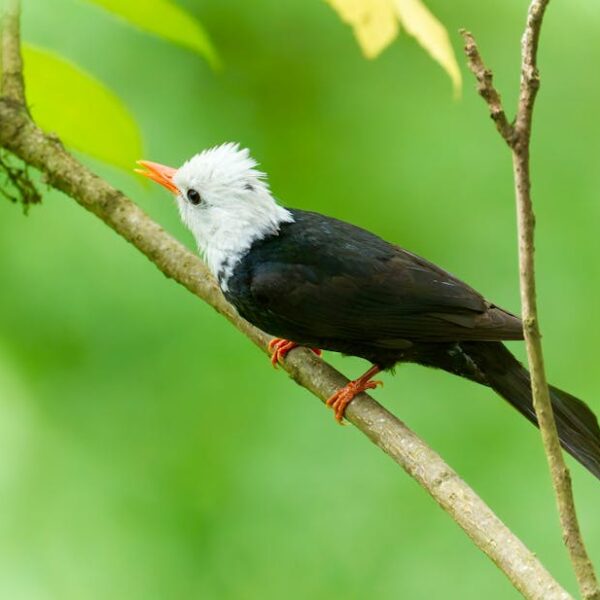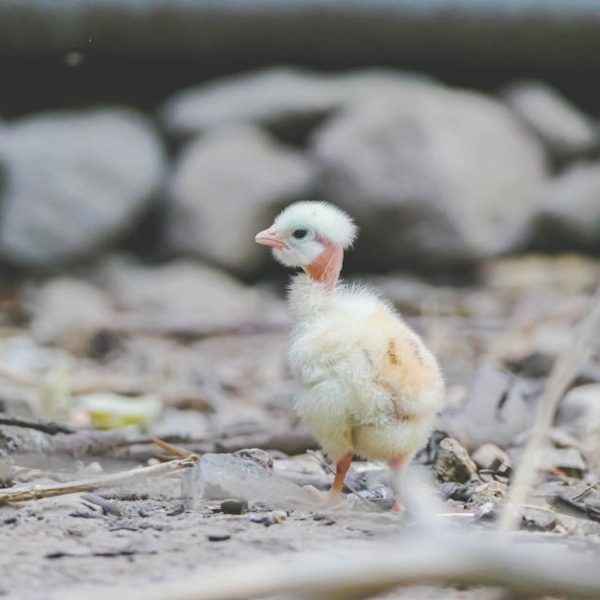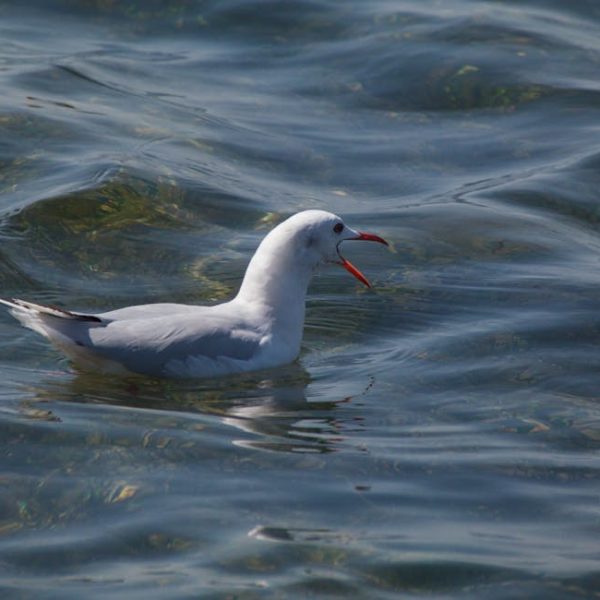Birds are often seen as the troubadours of daylight, their melodies gracing the golden hours of dawn and dusk. But birds don’t restrict their symphonies to the daytime; some continue their corees even after the sun is out of sight. In other words, they engage in what’s commonly referred to as nocturnal birdsong.
Understanding Nocturnal Birdsong
Birdsong, much like human language, serves as a mode of communication among our feathered friends. Their usual daytime singing is meant to find partners, defend territory and communicate their presence to other birds. However, their motivations behind nocturnal chirping may offer intriguing insights about their behavior.
Nocturnal birds such as owls, nightjars, and nighthawks are known to have nocturnal singing habits. They are primarily designed for night-time activity, with enhanced hearing and vision factors that allow them to thrive in the dark. Here are some commonly observed nocturnal birds that engage in nighttime singing:
- Owls
- Nightingales
- Robins
- Nighthawks
- Mockingbirds
The Purpose of Nighttime Birdsong
So, why would birds sing at night? The reasons are varied and fascinating. For some birds, singing at night is a strategic way of marking their territory. Others use it as a mating call, serenading potential partners under the cloak of darkness. Some birds, especially those living in urban environments, use their nocturnal concerts as warnings against predators.
Environmental factors can also play a crucial role. For instance, light pollution from urban areas can confuse birds, causing them to sing at uncharacteristic hours. Here’s a quick comparison of the pros and cons of nocturnal birdsong:
Pros vs Cons, Nightime Birdsong
| —– | —– |
|---|
| Pro: Increased chances of being heard | Con: Increased vulnerability to predators |
|---|
| Pro: Less competition for acoustic space | Con: Potential confusion by artificial lighting |
|---|
| Pro: Ability to engage in other activities during daytime | Con: Energy depletion and rest disruption |
|---|
Nighttime Singing and Migratory Patterns
Birds that migrate often adjust their singing to night hours, especially depending on the season. Flight schedules can disrupt normal routines, making late-hour communication a practical solution.
Taking the time to observe bird migration patterns and listening to their late-hour sounds can be a revelatory experience. Even within the limitations of urban environments, birds adjust their behaviors interestingly – a testament to their adaptability and resilience in the face of changing habitats and climates.
To be continued…
Human Perception and Impact on Nocturnal Bird Song
We humans also play a significant role in shaping birds’ nighttime singing habits. Rapid urbanization and increased artificial lighting can confuse birds and disrupt their natural rhythms, leading to more nocturnal singing. Additionally, daytime noise pollution can prompt birds to adjust their singing schedule to quieter night hours, when their songs are more likely to be heard.
Conversely, the serene lilts of nocturnal birdsong tend to have a calming effect on people, making them sought after for relaxation and mental wellness. However, it’s crucial for us to also consider the environmental implications of our actions on these beautiful creatures.
Here’s what we can do to minimize our disturbances to birds’ natural singing patterns:
- Reduce outdoor lighting at night: Use motion sensors or timers to limit the duration of lighting.
- Decrease noise pollution: Be mindful of the noise we produce, especially in bird-rich environments.
- Promote eco-friendly urban planning: Support city plans and architectures that accommodate natural wildlife habitats.
The Role of Seasonality in Nighttime Birdsong
Did you ever notice how birds’ songs change with the seasons? Birds use various cues, such as temperature or daylight hours, to determine their singing schedules. Spring and summer, the breeding seasons, are high times for birdsongs, which are used to attract mates and defend breeding territories.
As seasons transition to fall or winter, the frequency of bird songs usually decreases. However, you can still hear the nocturnal melodies of certain species who exhibit their unique behavioral patterns that defy the seasonal norms.
To give your bird-listening hobby the best shot, here are some pro tips:
- Listen in spring: This is when most birds breed, and hence, when nocturnal singing reaches its climax.
- Mark down the changing of the seasons: Not just spring, but each season change can bring a different set of birds to your area.
- Take advantage of nighttime: While it may sound obvious, the quiet of night is often the best time to hear our avian friends.
Wrapping Up
Unlocking the mystery behind why birds sing at night isn’t just a fascinating foray into animal behavior; it can also help us become more mindful of our shared environment and the impact we have on it. So the next time you hear a bird serenading the night sky, take a moment to listen, appreciate, and reflect on the symphony of nature that unfolds after sundown.
Key Takeaway:
- Birds employ nocturnal birdsong as a means of communication, territory marking, mating calls, and predator warnings.
- Nocturnal birds like owls, nightjars, and nighthawks have adaptations priming them for night-time activities including singing.
- Migratory birds adjust their singing schedules to night-time hours to coincide with their flight routines, and also in response to environmental factors like light pollution.
- Human activities like rapid urbanization, increased artificial lighting, and noise pollution influence and disrupt birds’ natural singing rhythms forcing them into nocturnal singing.
- Seasonal changes and cues like temperature or daylight hours significantly affect birds’ singing schedules with spring and summer being prime time for birdsong due to breeding seasons.
Let’s remember, nature always finds a way to adapt and survive, even if it means singing in the quiet hours of the night. As we go about our daily lives, let’s emerge as compassionate and responsible stewards of the environment, respecting the natural rhythm of our avian friends. And who knows? You might just find the nocturnal symphony of birds as a comforting and melodious end to your day.
FAQs
Q: Are there specific bird species known for nocturnal birdsong?
A: Yes, certain bird species are known for their nocturnal singing habits. These include owls, nightingales, robins, nighthawks, and mockingbirds among others.
Q: What impact does artificial lighting have on birds’ singing habits?
A: Artificial lighting, especially in urban areas, can confuse birds, causing them to sing at uncharacteristic hours due to a disruption in their natural rhythms.
Q: How does noise pollution affect birds’ songs?
A: Noise pollution, particularly during the day, can prompt birds to adjust their singing schedule to quieter night hours, when their songs are more likely to be heard.
Q: How do seasonal changes affect birds’ songs?
A: Birds use various cues, including temperature or daylight hours, to determine their singing schedules. The frequency of bird songs increases significantly during breeding seasons like spring and summer.
Q: What can humans do to minimize disturbances to birds’ natural singing habits?
A: Humans can take steps like reducing outdoor lighting at night, decreasing noise pollution, and promoting eco-friendly urban planning to minimize our disturbances to birds’ natural singing patterns.
We hope you found this article insightful. Feel free to share it with others who may also enjoy exploring the enchanting world of birdsong. Don’t forget to check out more posts on our website for fascinating deep dives into the natural world.

